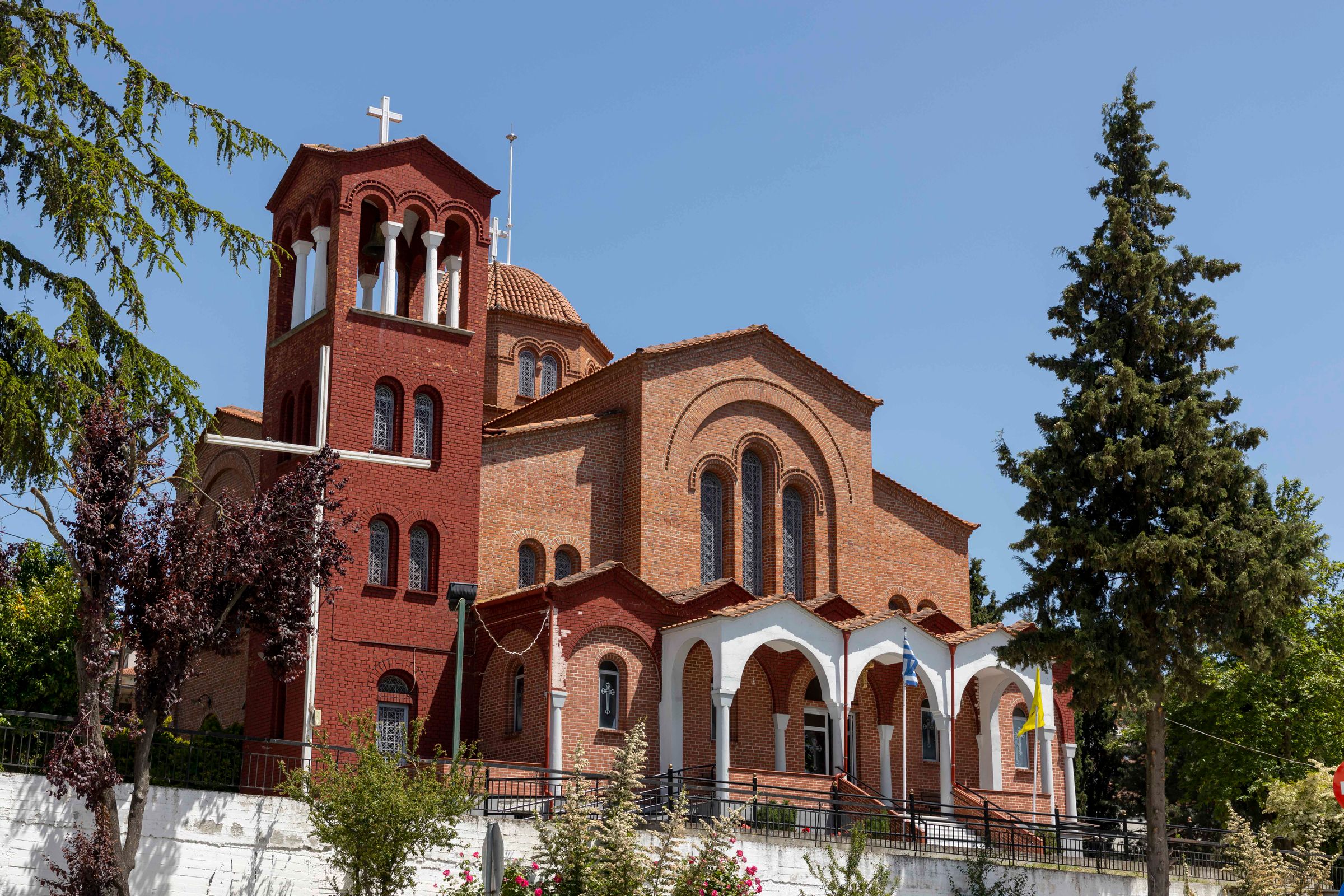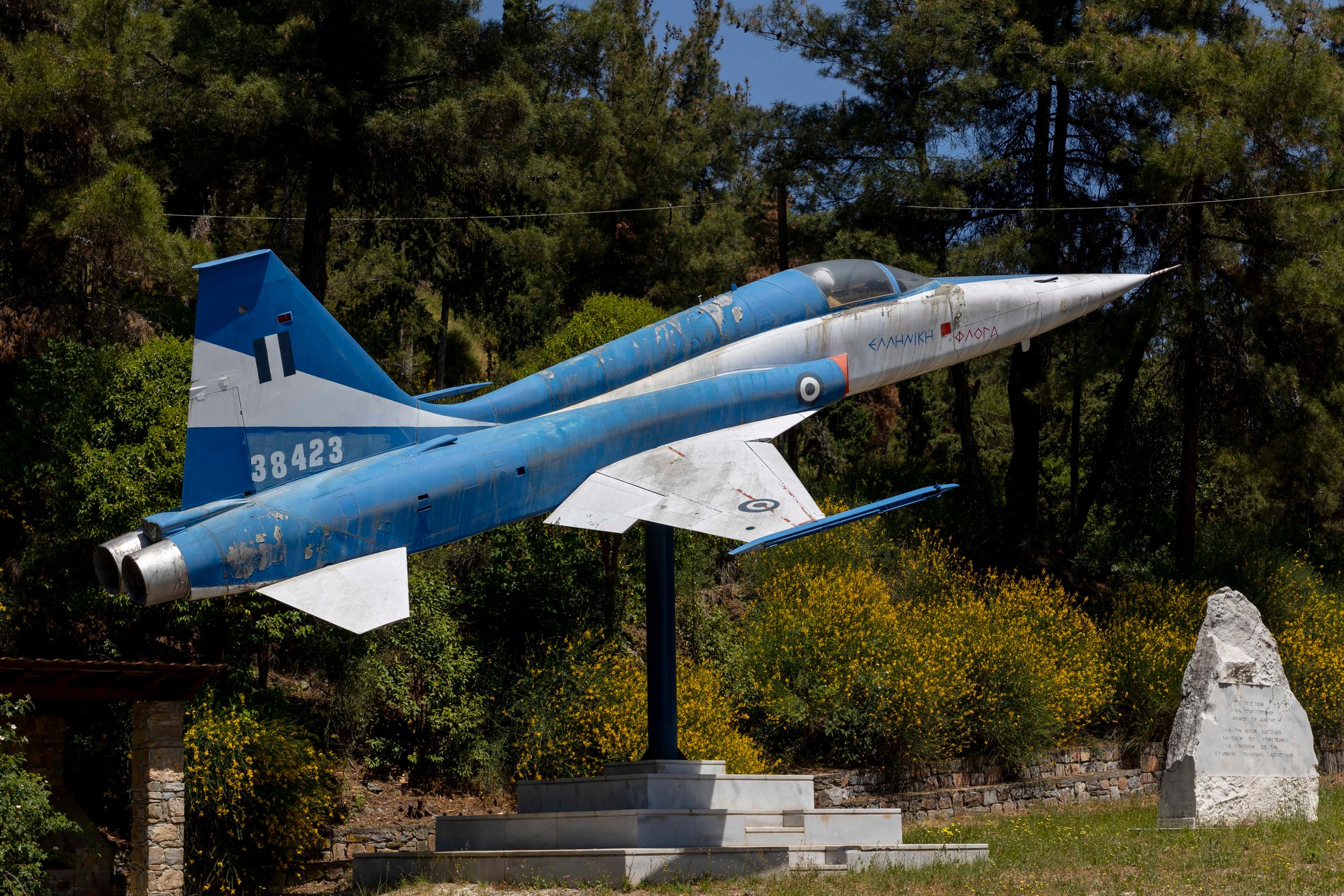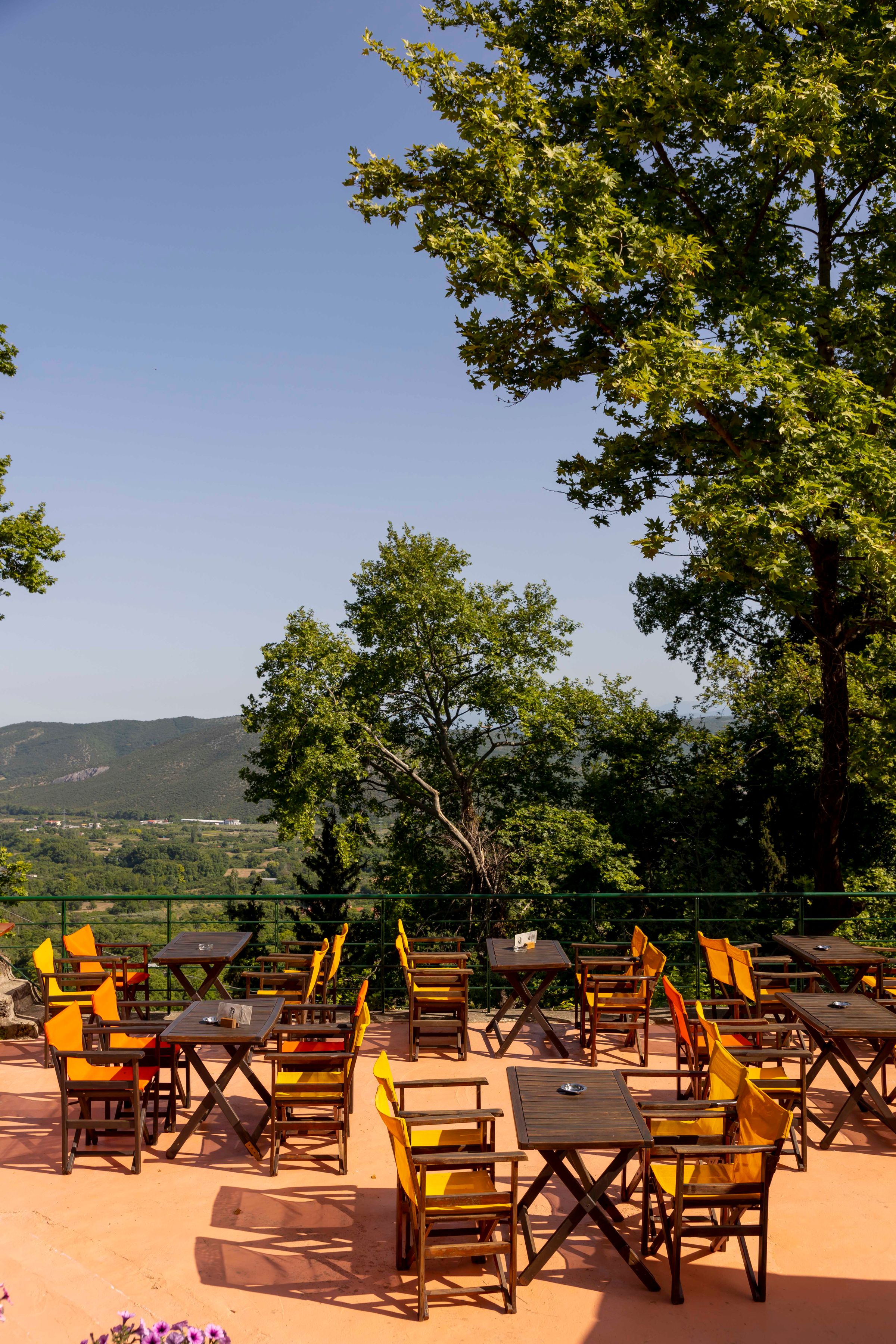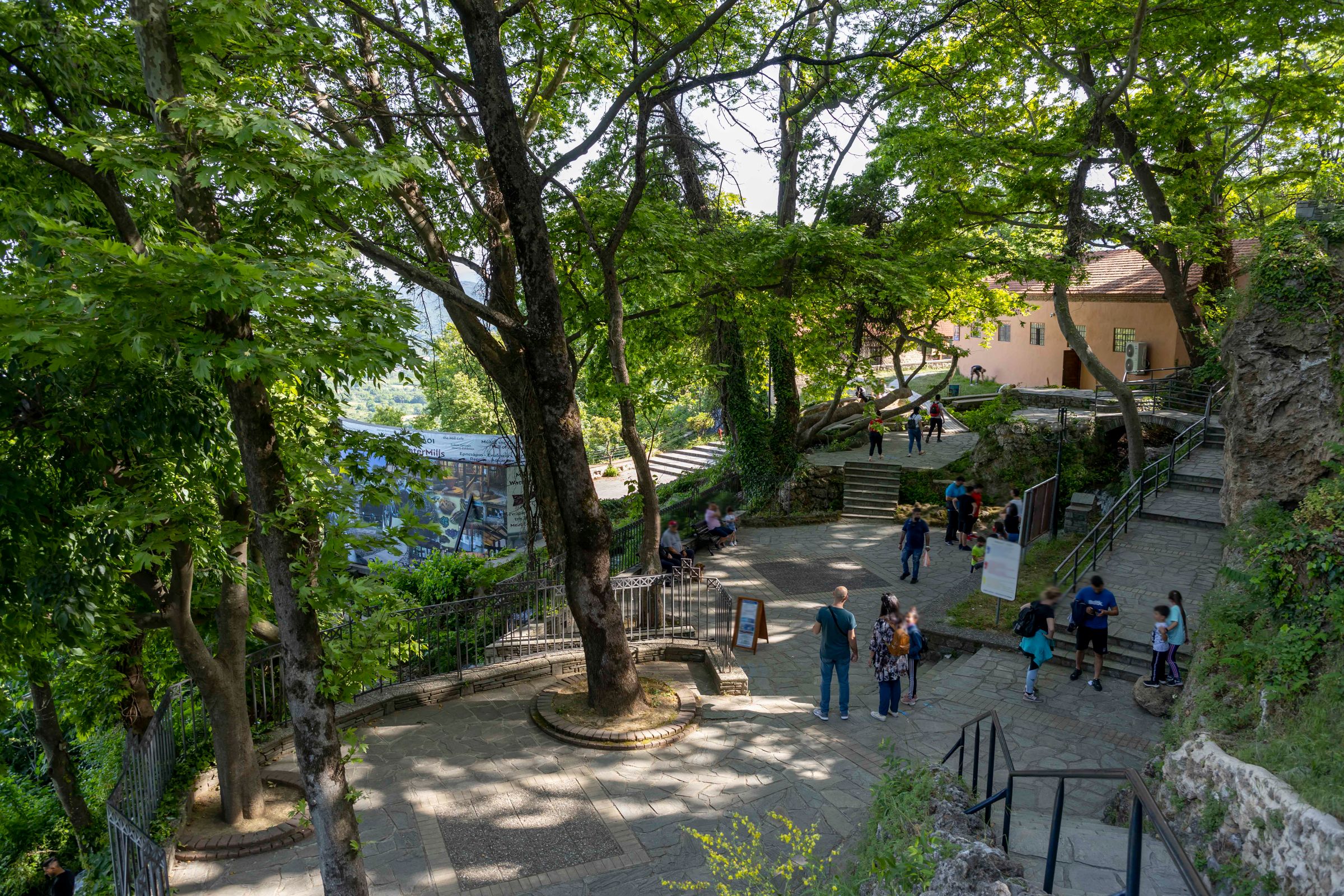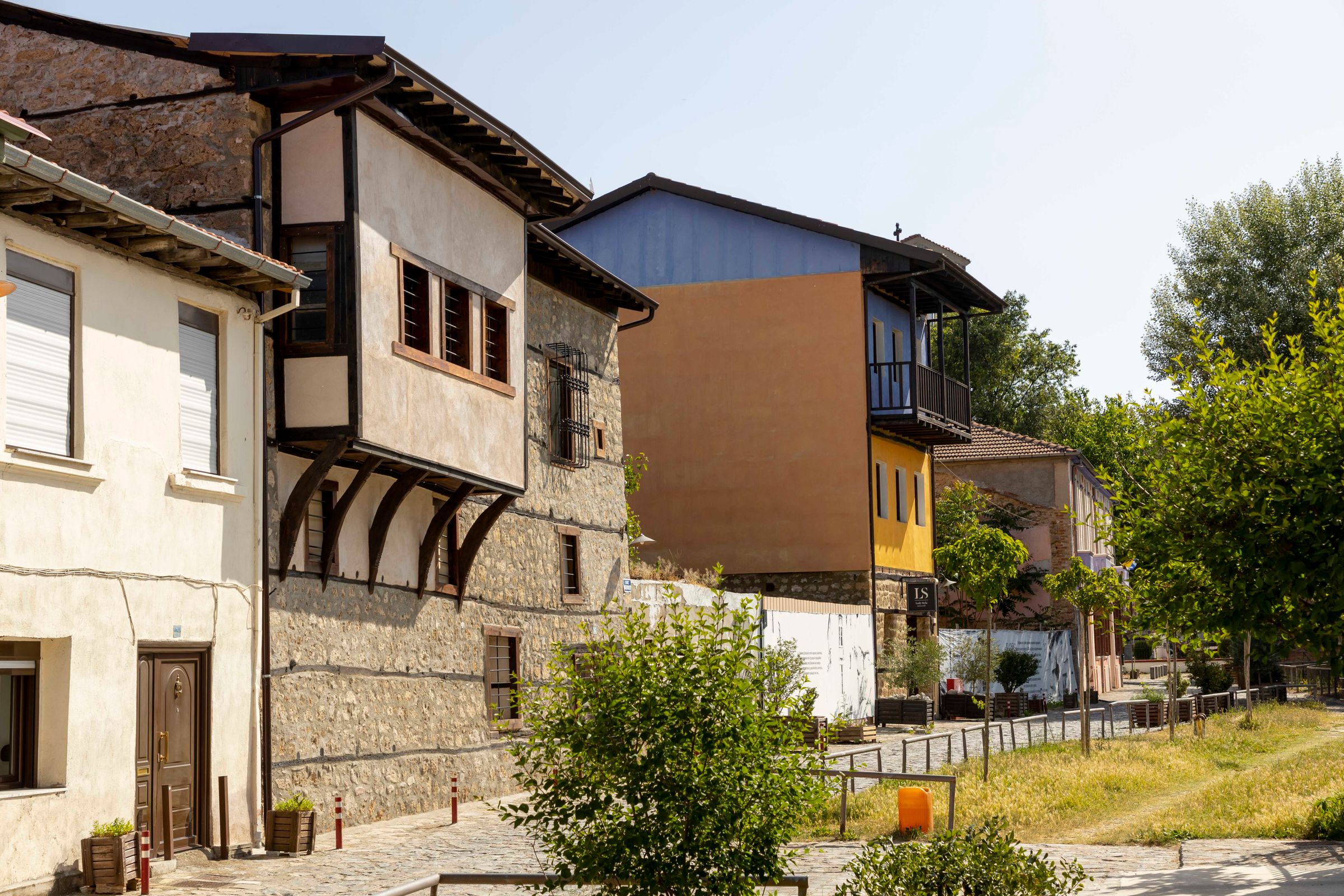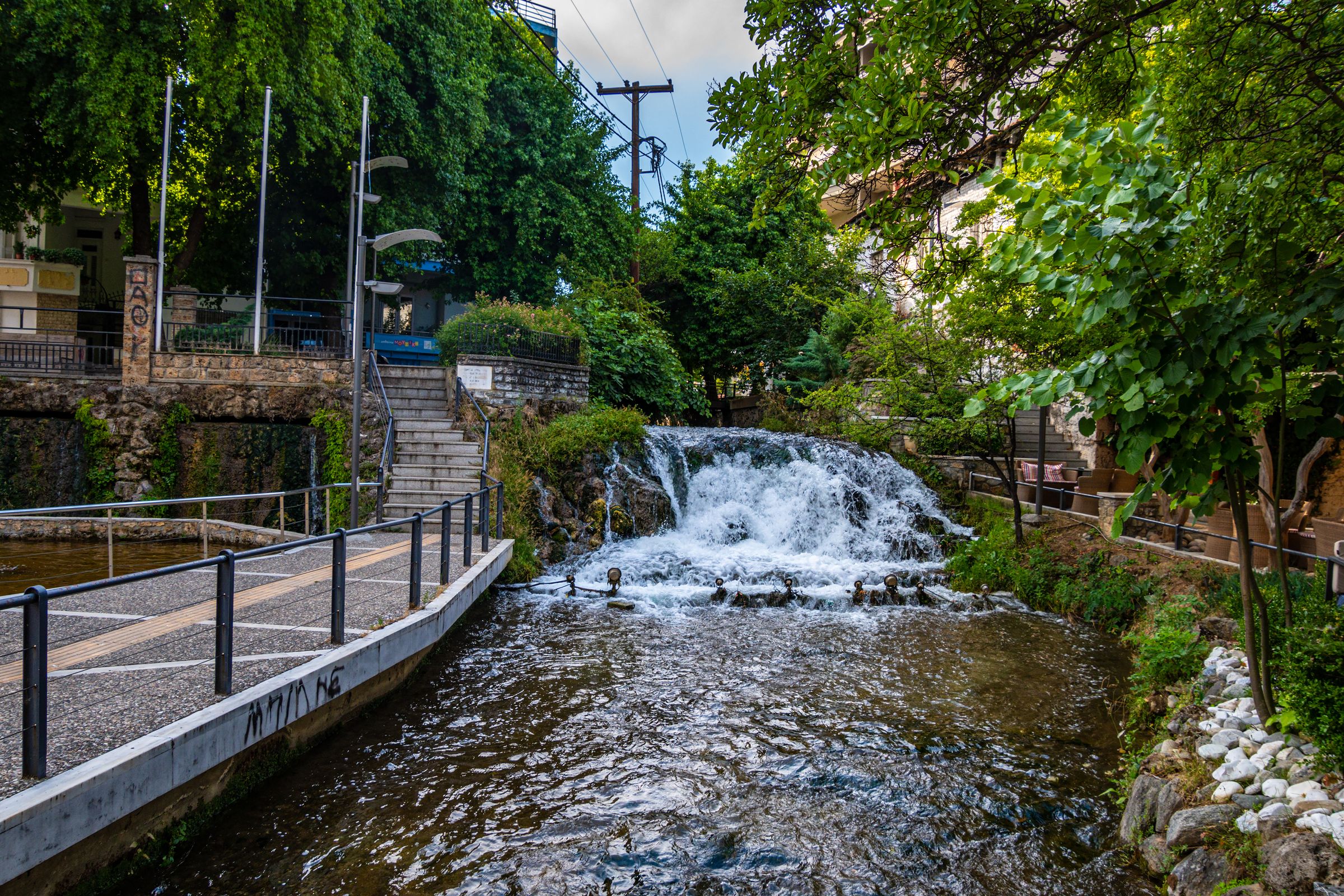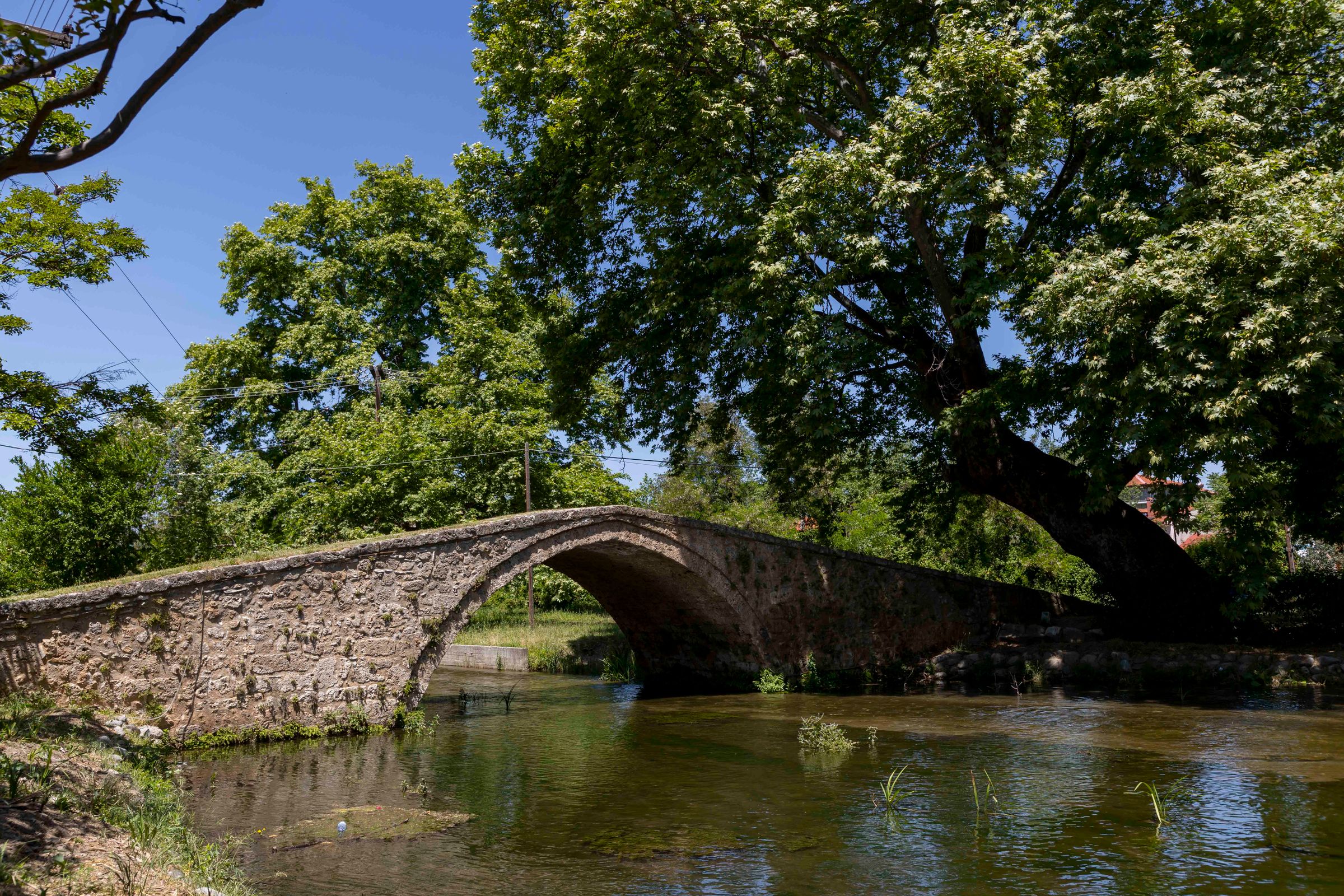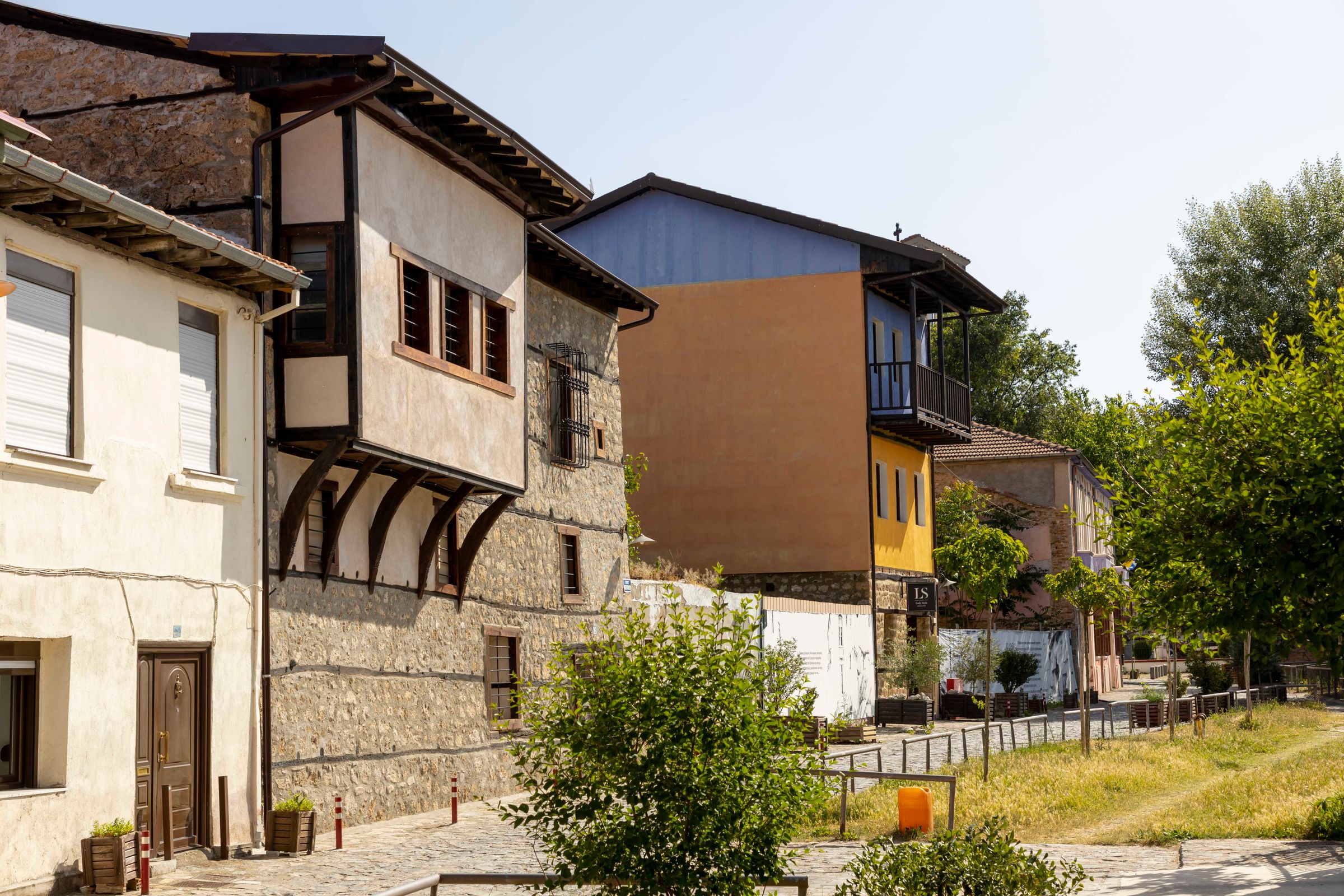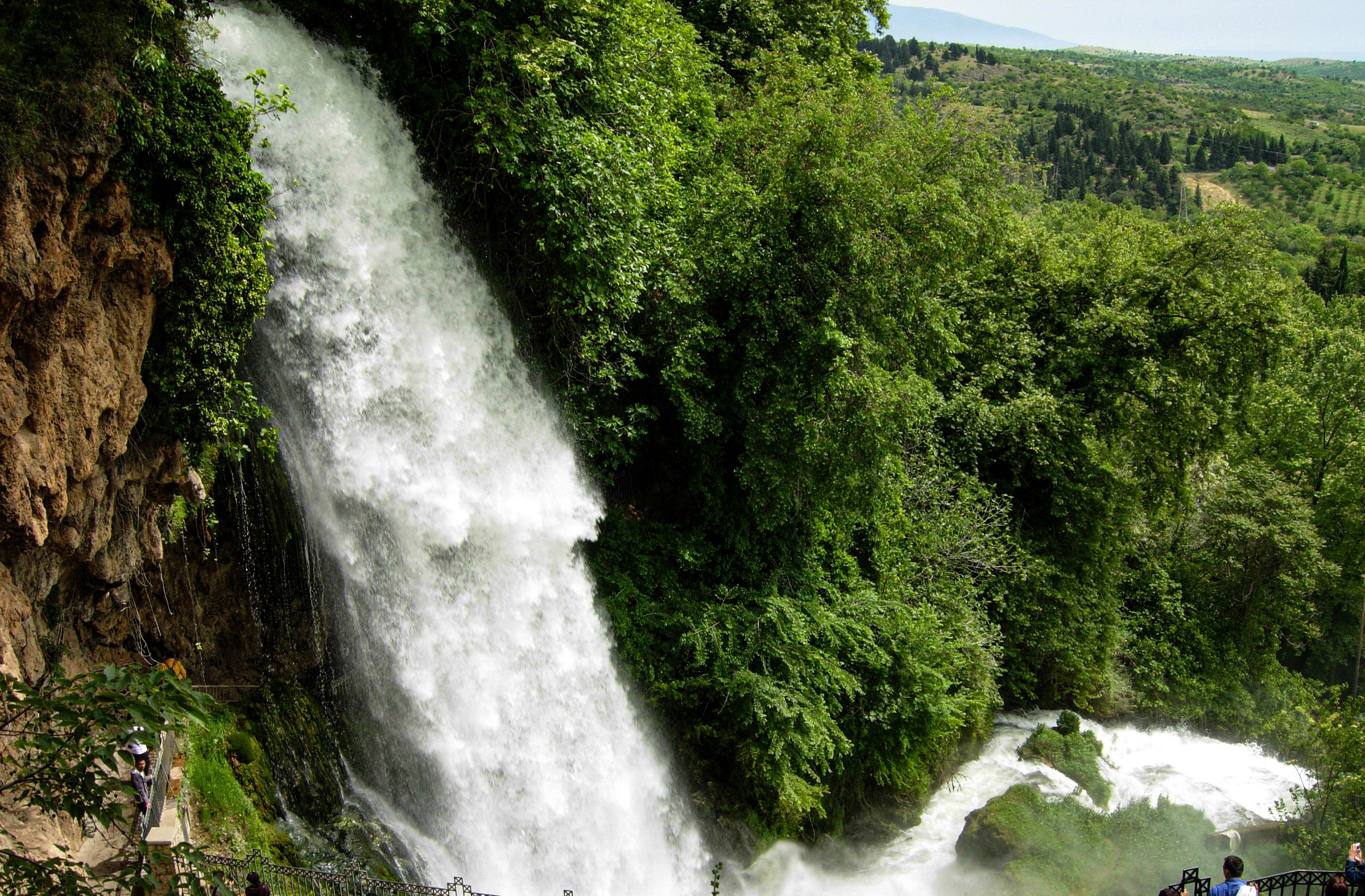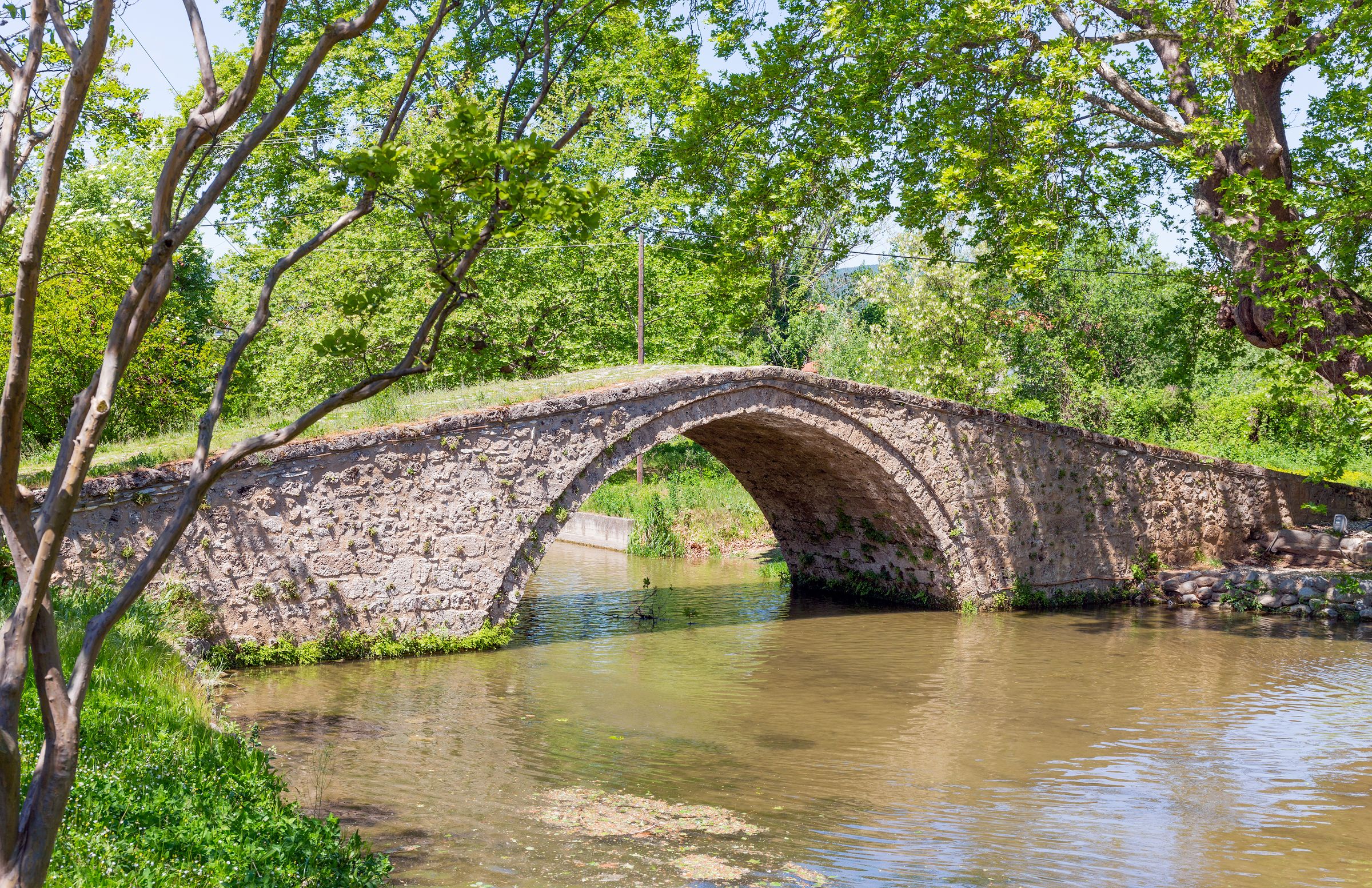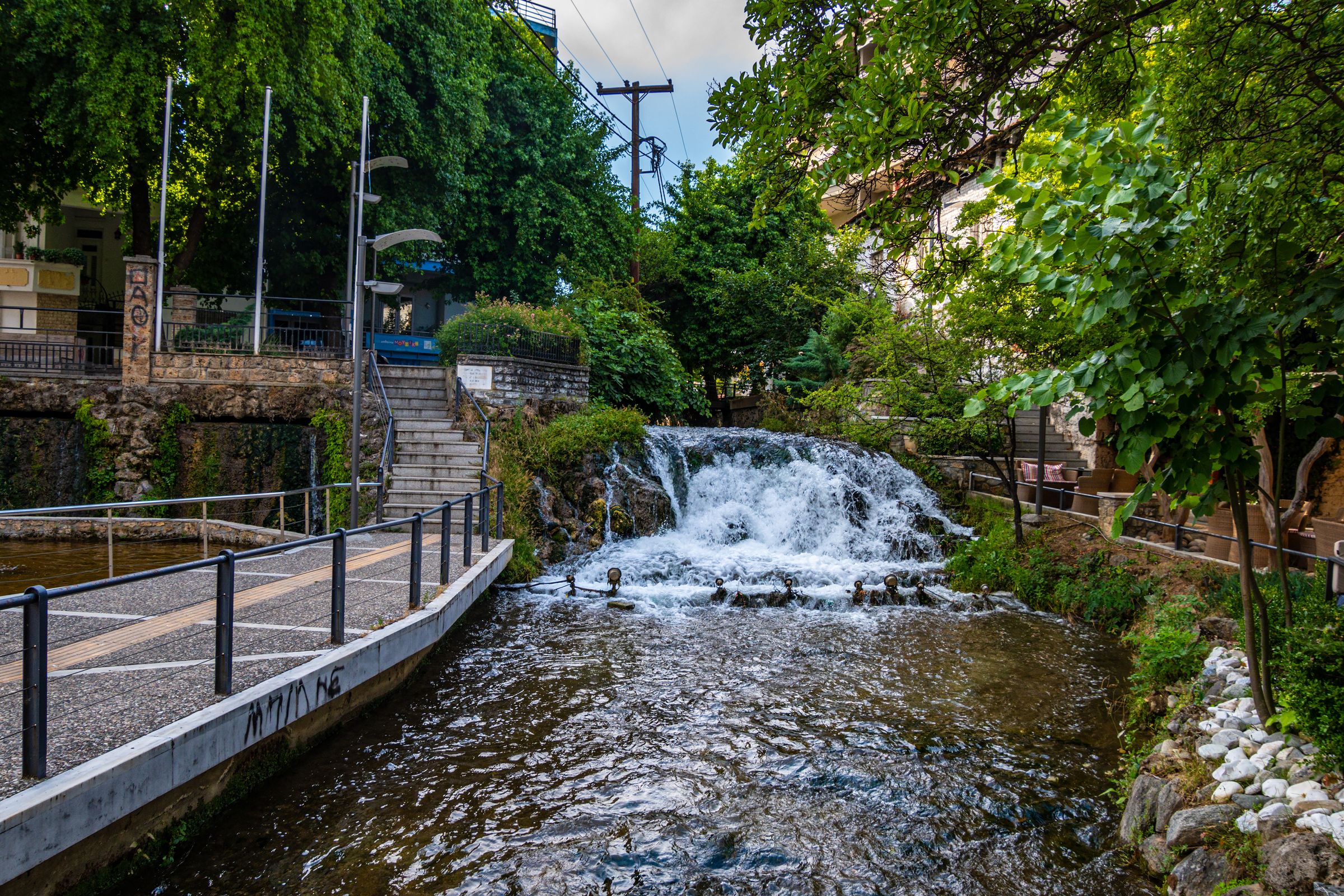
Edessa
Edessa
The City of Waters and of Four Seasons
The "City of Waters" but also the "City of the Four Seasons", as the splendor of its symbol, the twelve waterfalls that form in its center, is colored differently in each season, even on the same day. The water element marks it from its foundation in 813 BC. by Heraclides Karanos, with the name "Edessa", meaning "tower in the water". The subsequent change to "Vodena" was simply the transfer of the name to Slavic and remained with it until 1912 when it was liberated by the Greek army and restored its original name.
The city of 20,000 inhabitants is rightly considered one of the most beautiful in Europe, as the natural environment that binds and defines its urban fabric creates a rare coexistence of nature and man. The whole city seems to be an attraction and especially the areas where the water creates “paintings” and invites the visitor to capture them, but the Waterfall Park, the grove, the Water Museum, and the whole area around Karanos, the big waterfall that stars, is always the top attraction for visitors and residents of the city.
Edessa moves at a fast pace and is a predominantly tourist destination, with the ability to maintain its infrastructure and its hospitality, and keep parts of its history accessible to visitors. Both through its rivers, streams, and waterfalls, creating magnificent landscapes on the shores even in the city, and the monuments of its past, as an ancient city that never stopped breathing, passing each historical period as an important settlement for every civilization that inhabited it. The ancient wall and the citadel reveal their ancient roots, the Roman, Bulgarian, Byzantine, and Ottoman periods each left their heritage, until the modern era when the city flourished and was reborn after the devastation of the wars in the 20th century.
Visitors need time to admire its classic attractions from the Jewish quarter of Varosi to the Yeni Mosque and from the archeological site in Loggos to Kiupri with the famous arched bridge. The symbolic six clock tower in its square, the view of the plain in Psilos Vrachos, the Forest of Gavaliotissa with the plane of the Aviation Monument, Cannabourgeio and the Folklore and Ethnological Museum, the pedestrian streets, the beautiful cafes accompanied by the sound of the water of Voda or Edessaio and the streams.


